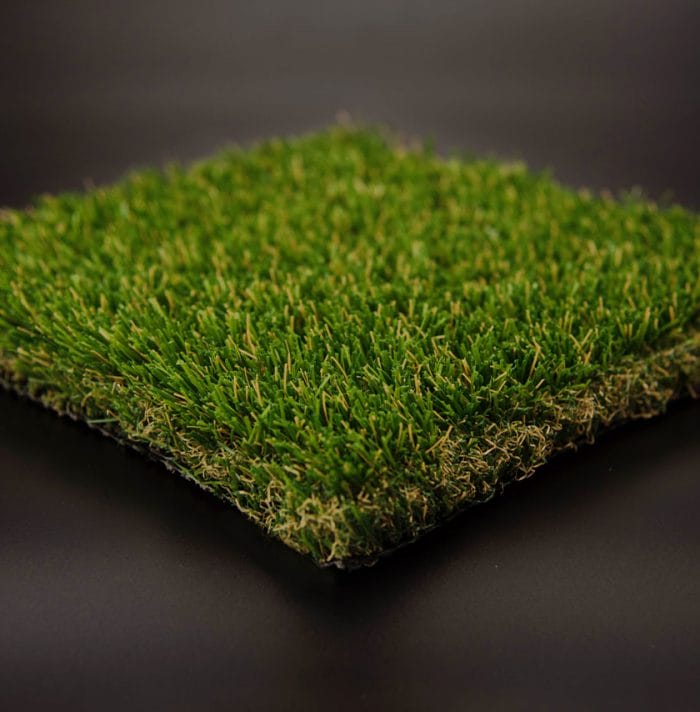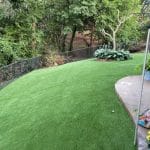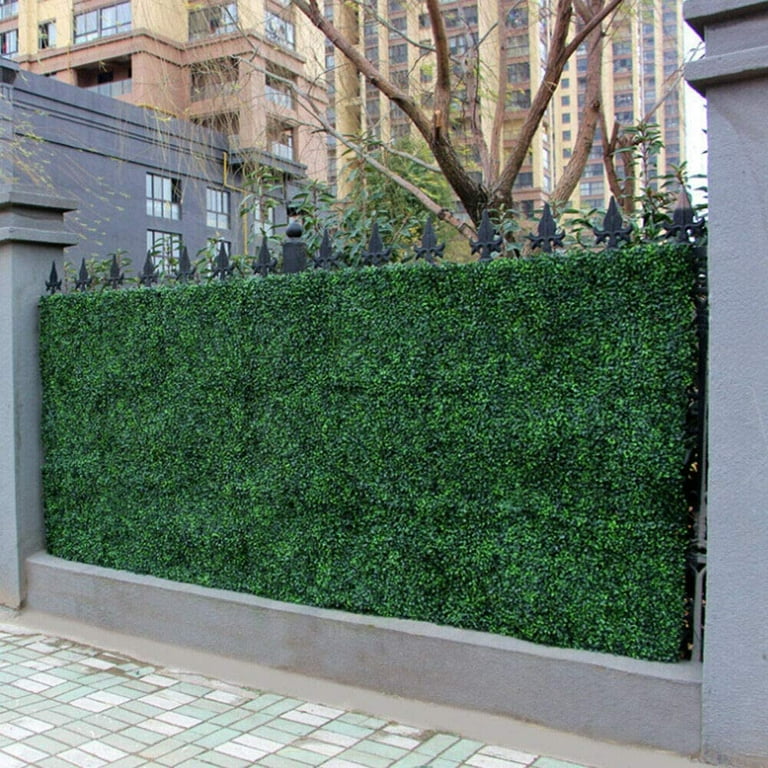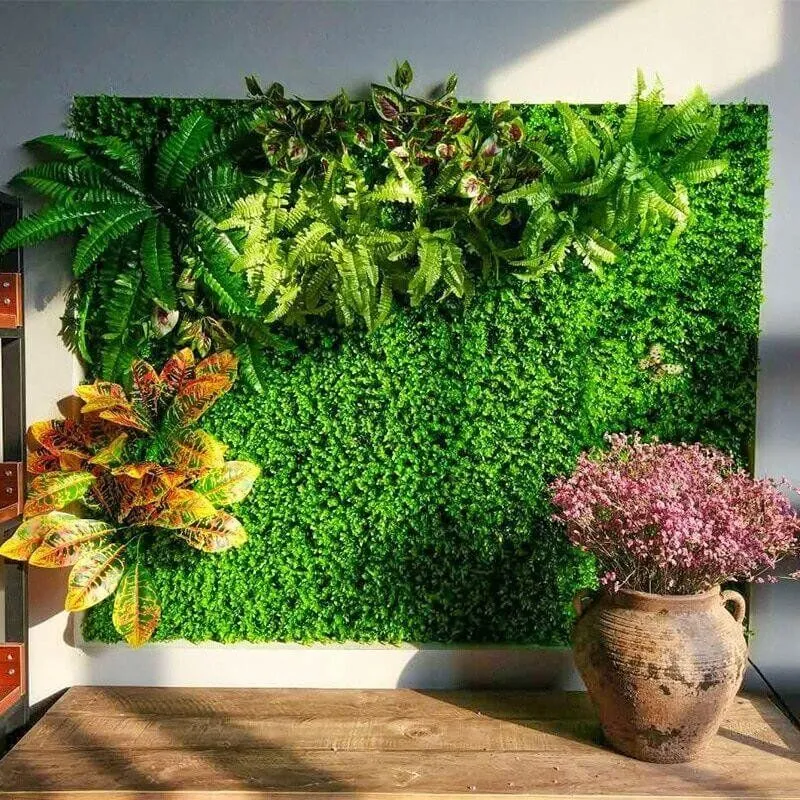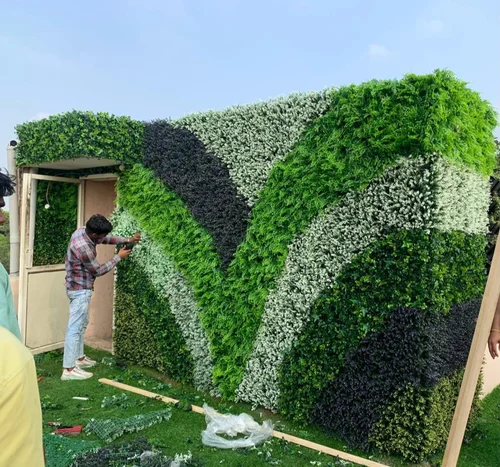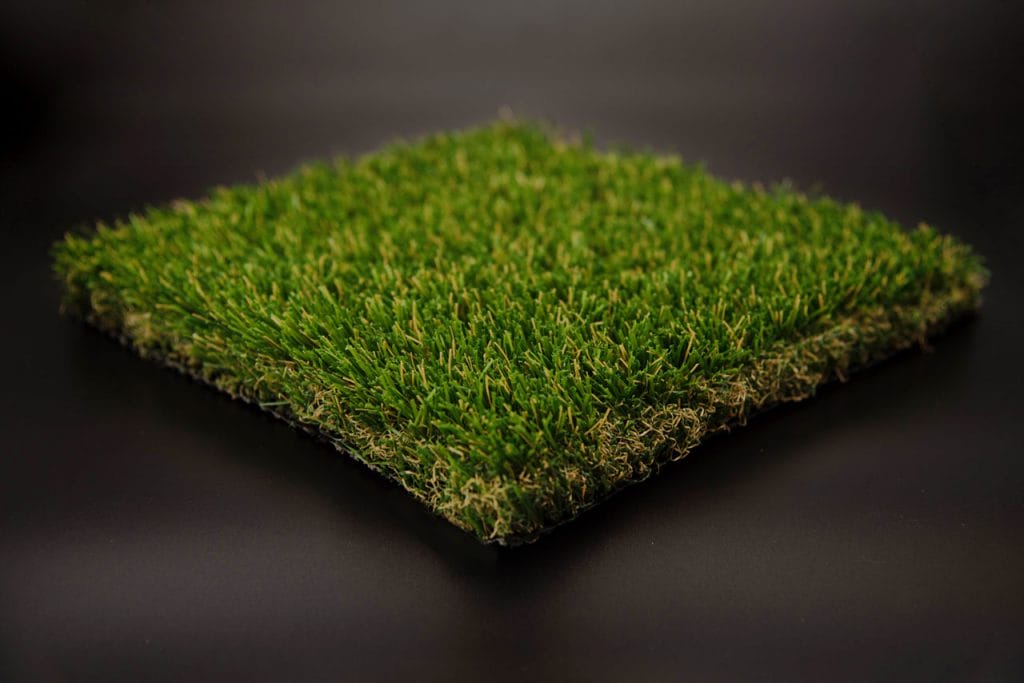
Artificial grass heat resistance is a critical factor to consider when installing artificial turf in areas with high temperatures. Heat can cause the turf to degrade, lose its color, and even release harmful chemicals. In this guide, we will explore the importance of heat resistance in artificial grass, the different types of heat-resistant artificial grass, and how to maintain and clean heat-resistant artificial grass.
Why is Heat Resistance Important in Artificial Grass?
Artificial grass is made from synthetic materials that can be affected by high temperatures. When artificial grass is exposed to heat, it can lose its color, become brittle, and even release harmful chemicals. This can lead to a decrease in the turf’s lifespan and pose health risks to people and pets who come into contact with it.
Heat resistance is especially important in areas with high temperatures, such as deserts, southern states, and areas with intense sunlight. In these areas, artificial grass can be exposed to extreme heat, which can cause it to degrade quickly. By choosing heat-resistant artificial grass, you can ensure that your turf remains in good condition for years to come.
Types of Heat-Resistant Artificial Grass
There are several types of heat-resistant artificial grass available, each with its own unique features and benefits. Some of the most common types include:
### 1. Polyethylene Artificial Grass
Polyethylene artificial grass is made from a type of plastic called polyethylene. It is a popular choice for areas with high temperatures because it is resistant to heat and UV rays. Polyethylene artificial grass is also soft and flexible, making it a great choice for playgrounds and sports fields.
### 2. Polypropylene Artificial Grass
Polypropylene artificial grass is made from a type of plastic called polypropylene. It is similar to polyethylene artificial grass but has a slightly higher melting point, making it more resistant to heat. Polypropylene artificial grass is also known for its durability and resistance to wear and tear.
### 3. Nylon Artificial Grass
Nylon artificial grass is made from a type of plastic called nylon. It is the most heat-resistant type of artificial grass and can withstand extreme temperatures. Nylon artificial grass is also known for its strength and durability, making it a great choice for high-traffic areas.
How to Maintain and Clean Heat-Resistant Artificial Grass?
Maintaining and cleaning heat-resistant artificial grass is essential to ensure its longevity and performance. Here are some tips on how to maintain and clean heat-resistant artificial grass:
### 1. Regular Brushing
Regular brushing is essential to remove dirt and debris from the turf. Use a soft-bristled brush or a broom to gently remove any debris or dirt from the turf.
### 2. Spot Cleaning
Spot cleaning is necessary to remove any spills or stains from the turf. Use a cleaning solution specifically designed for artificial grass and gently scrub the affected area. Rinse the area with water and allow it to dry.
### 3. Deep Cleaning
Deep cleaning is necessary to maintain the turf’s performance and longevity. Use a deep cleaning machine specifically designed for artificial grass to remove dirt and debris from the turf. This process should be done every 6-12 months, depending on the amount of use and weather conditions.
### 4. Avoid Using Harsh Chemicals
Avoid using harsh chemicals or abrasive cleaners, as they can damage the turf’s fibers and affect its performance. Instead, use cleaning solutions specifically designed for artificial grass.
Conclusion
Heat resistance is a critical factor to consider when installing artificial grass in areas with high temperatures. By choosing heat-resistant artificial grass, you can ensure that your turf remains in good condition for years to come. There are several types of heat-resistant artificial grass available, including polyethylene, polypropylene, and nylon. Maintaining and cleaning heat-resistant artificial grass is essential to ensure its longevity and performance. By following the tips outlined in this guide, you can keep your artificial grass looking and performing its best for years to come.


